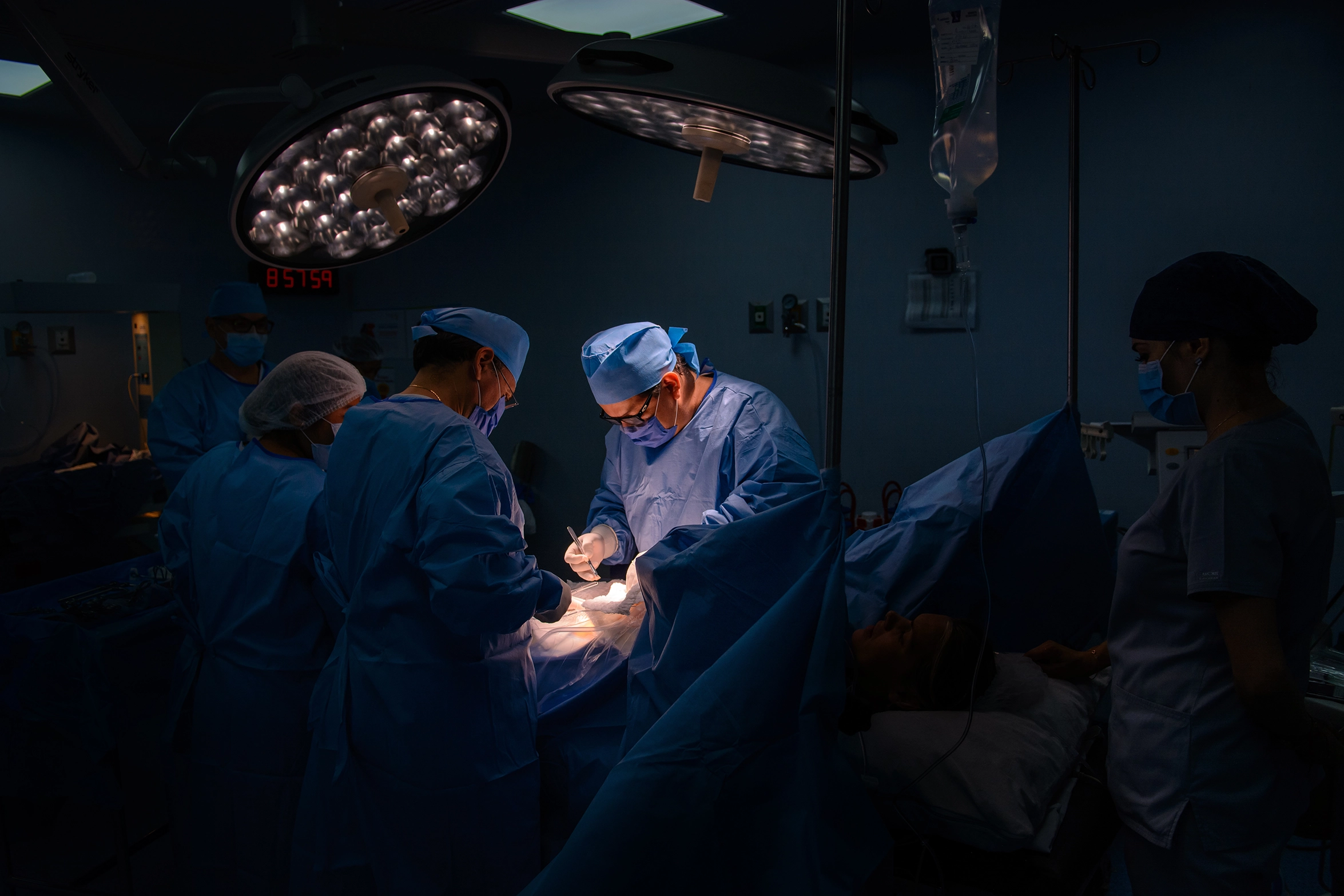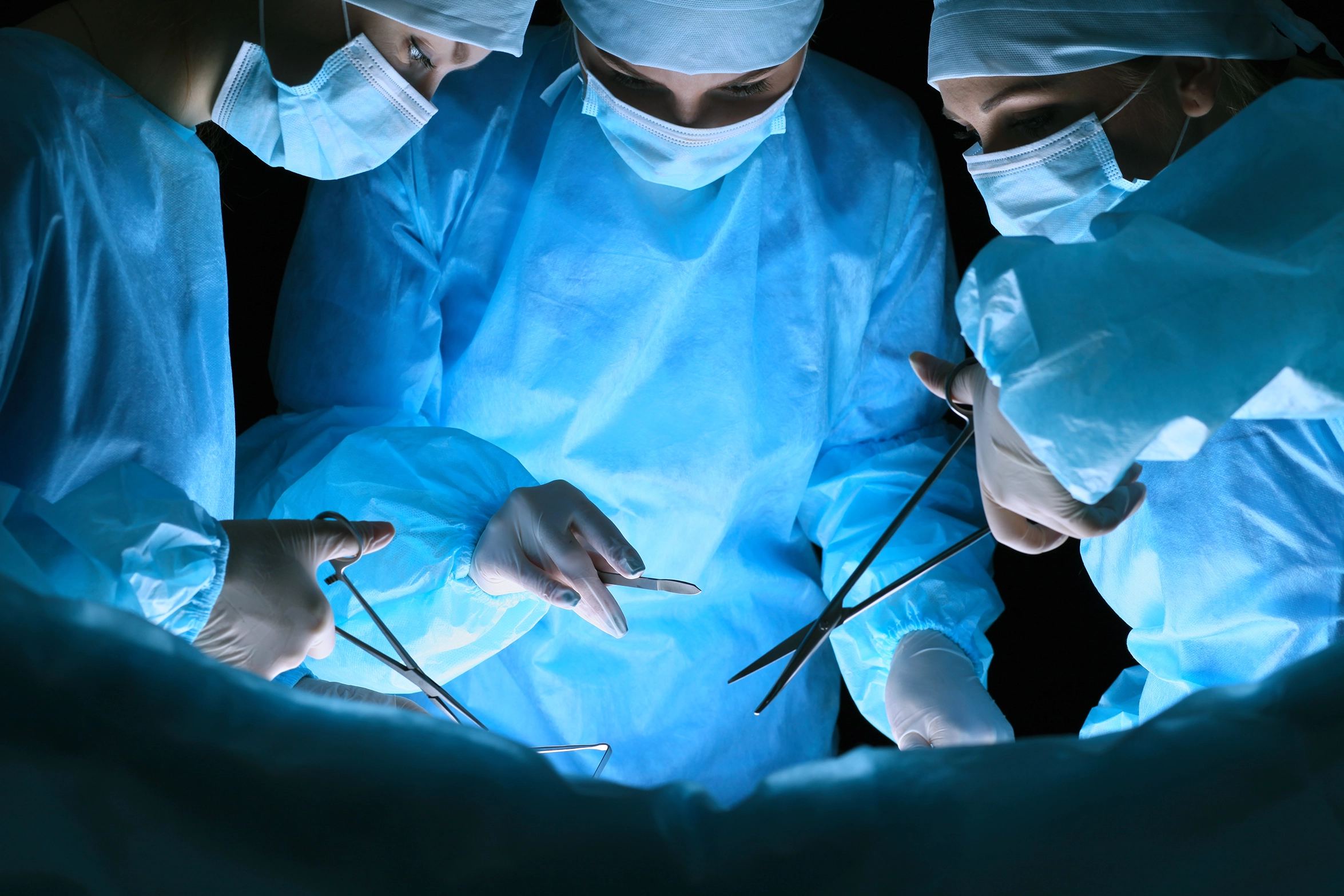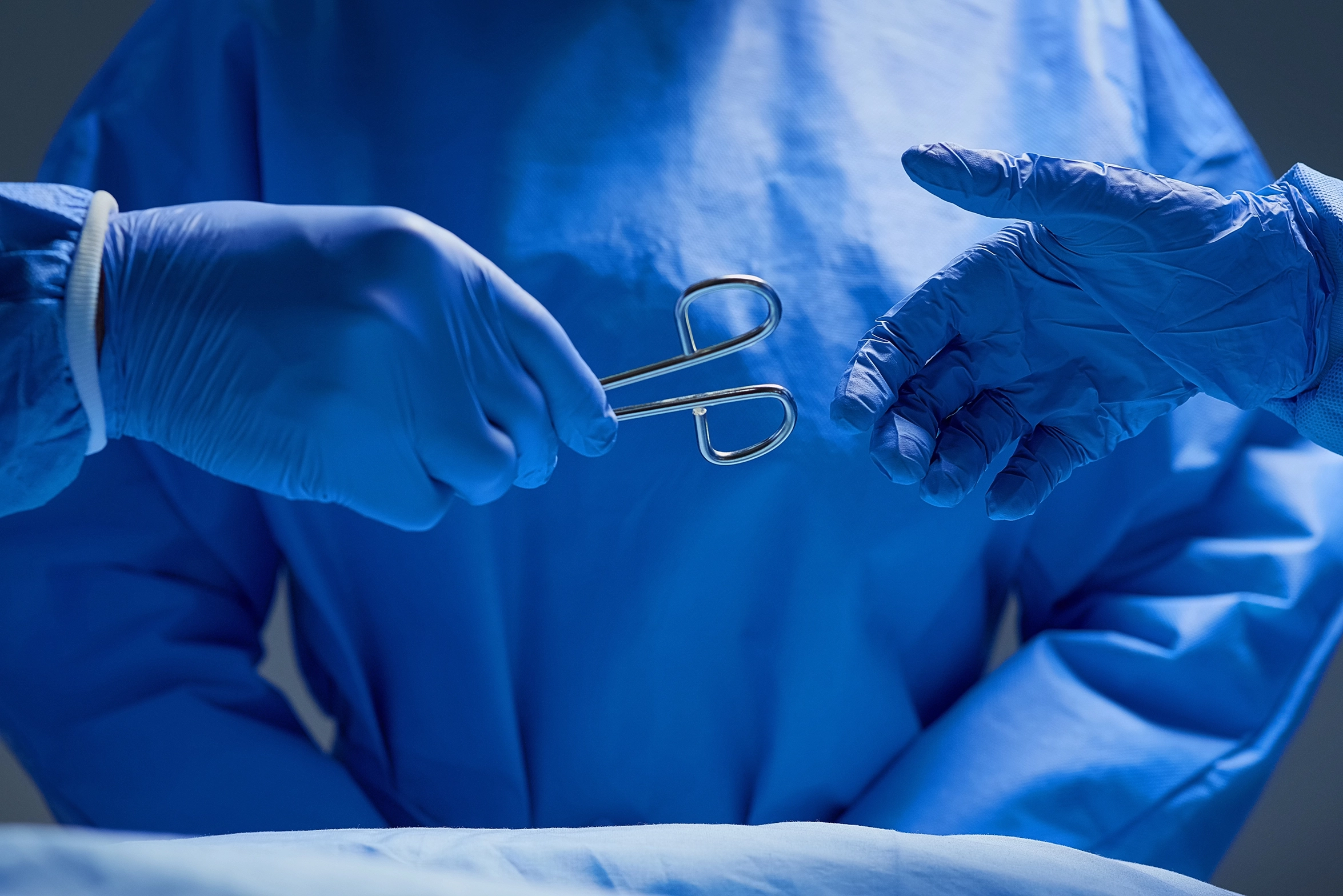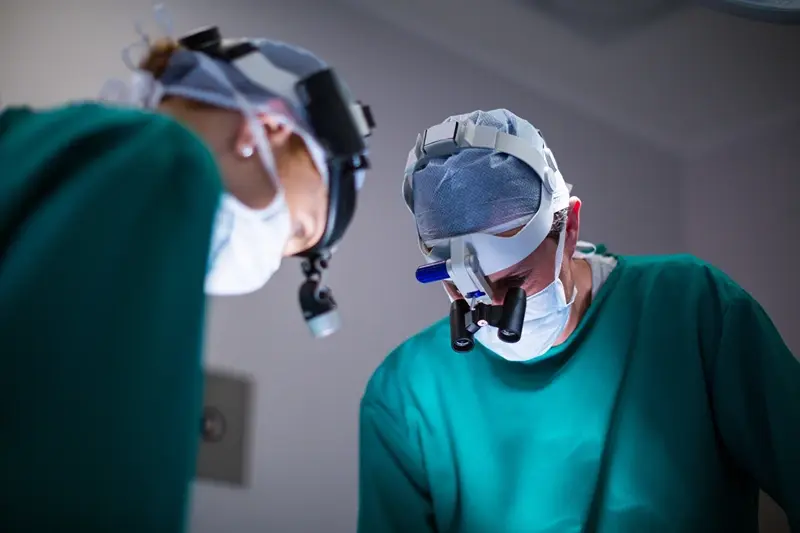Achalasia, Lap cardiomyotomy
Treatment in Dubai at DRHC
Understanding Achalasia
Achalasia is a rare disorder of the esophagus that makes swallowing difficult. It occurs when the lower esophageal sphincter (LES) fails to relax properly, causing food and liquid to get stuck in the esophagus. Symptoms of achalasia include difficulty swallowing (dysphagia), chest pain, regurgitation of food, and weight loss. If left untreated, achalasia can lead to severe complications, including esophageal dilation and an increased risk of esophageal cancer.
Diagnosis of Achalasia
At DRHC Dubai, our specialists use advanced diagnostic techniques to accurately diagnose achalasia:
- Barium Swallow: An X-ray examination of the esophagus after swallowing a barium solution, which helps to visualize the narrowing of the LES.
- Endoscopy: A procedure that involves inserting a flexible tube with a camera (endoscope) into the esophagus to look for abnormalities.
- Esophageal Manometry: A test that measures the pressure and muscle contractions in the esophagus to assess its function and the relaxation of the LES.
Laparoscopic Cardiomyotomy (Heller Myotomy)
Laparoscopic cardiomyotomy, also known as laparoscopic Heller myotomy, is a minimally invasive surgical procedure used to treat achalasia. During this procedure, small incisions are made in the abdomen, and a laparoscope (a thin, flexible tube with a camera and light) is inserted to allow the surgeon to see inside the abdomen. The surgeon then cuts the muscles of the LES to allow food and liquids to pass more easily into the stomach.
Procedure Details
- Anesthesia: The patient is placed under general anesthesia to ensure comfort and immobility during the procedure.
- Small Incisions: The surgeon makes several small incisions in the abdomen.
- Laparoscope Insertion: A laparoscope (a thin tube with a camera) and surgical instruments are inserted through the incisions.
- Muscle Cutting: The surgeon cuts the muscles of the LES, allowing it to relax and open.
- Closure: The incisions are closed with sutures or staples.
Benefits of Laparoscopic Cardiomyotomy
- Minimally Invasive: Smaller incisions result in less postoperative pain and scarring.
- Faster Recovery: Patients typically experience a quicker return to normal activities.
- Shorter Hospital Stay: Reduced hospitalization time compared to traditional open surgery.
- Effective Symptom Relief: Most patients experience significant improvement in swallowing and a reduction in other achalasia symptoms.
Why Choose DRHC Dubai for Laparoscopic Cardiomyotomy?
At DRHC Dubai, our team is dedicated to providing the highest standard of care for patients with achalasia. Here’s why you should choose us:
- Experienced Surgeons: Our team includes highly skilled surgeons with extensive experience in performing laparoscopic cardiomyotomy.
- Advanced Technology: We utilize the latest surgical technology and minimally invasive techniques to ensure precise and effective treatment.
- Comprehensive Care: From diagnosis to surgery and follow-up care, our multidisciplinary team provides comprehensive care tailored to each patient's needs.
- Patient-Centered Approach: We prioritize patient comfort and satisfaction, offering personalized care plans and compassionate support throughout the treatment process.
Click here to learn more about our surgical packages
.png?width=281&height=59&name=bookanappointment%20(1).png)
If you are in search of the best thoracic surgery in Dubai or a specialist thoracic & general surgeon in Dubai call +97142798200. DRHC Dubai provides the best thoracic surgeon in Dubai and the best doctor for thoracic surgery in Dubai.



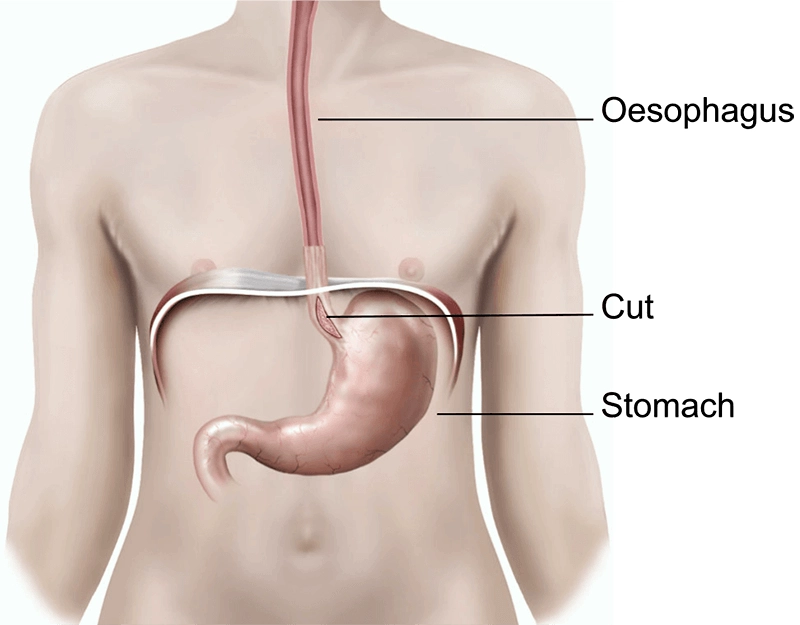
.png?width=281&height=59&name=bookanappointment%20(1).png)
